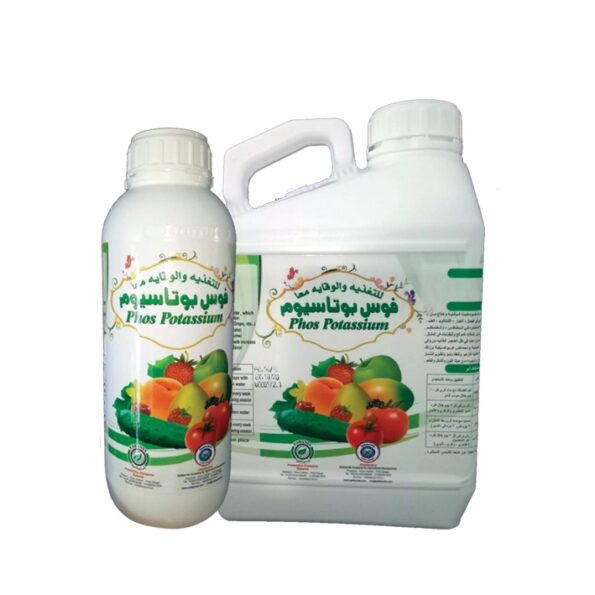
Phos potassium
1.00EGP 0.00EGP
Installation:
Phosphorus: 9%
Potassium: 47%
Compound benefits
Phos-potassium fertilizer is characterized by its rapid absorption, therefore, because the elements are loaded with amino acids, carboxylic acids, and monosaccharides.
The compound is characterized by the presence of phosphorus in two forms: phosphate as a nourishment and phosphate as a prevention and treatment of
Fungal diseases such as: downy and powdery mildew diseases in onions, cucumbers, cantaloupes, and grapes
Phytoncera fungal diseases, such as: late blight in potatoes and tomatoes
Pythium and Fusarium fungal diseases on: vegetable and fruit seedlings (root rot)
It also contains potassium, as well as zinc and magnesium. Therefore, the potassium phosphate compound has a major role in plants, especially in raising the plant’s immunity. Potassium phos fertilizer also works to increase the efficiency of the process of flowering, setting, and growth of the fruit stage in different crops, which increases the size of the crop and the quality in terms of color. The shape and taste
Dosage and frequency of use:
Application and time of use, usage rates and yield
Foliar spraying every 7 days during the crop growth period (vegetative, floral, fruitful) 1-3 cm/liter of water for vegetables
(tomatoes - potatoes - onions - cucumbers - cantaloupe)
Fertilizing with water. Irrigation 3 days after transplanting. Repeat 2 times a week. 1-1/2 liter/acre. Vegetables (after transplanting)
Foliar spraying every 7 days during the period of vegetative growth, flowering, and fruiting. 2-4 cm/liter of water for fruit and ornamental plants.
The addition is made with head water every 10 days during the growing season, 5 cm per 8 liters for fruit seedlings and ornamental plants (seedlings).
Based on 0 reviews
|
|
|
0% |
|
|
|
0% |
|
|
|
0% |
|
|
|
0% |
|
|
|
0% |
Related products
the definition:
Fina Bayer is available in the form of a concentrate that can be emulsified and the use of natural solvents makes the compound’s efficiency higher than the permeability through the skin of the caterpillars, as well as the local permeability in the leaf epidermis, which facilitates the access of the active substance to the larvae located under the leaf epidermis, such as (tunnel makers - Tuta absoluta).
Venapyr is an acaricidal and insecticide. It belongs to a new chemical group (pyrrole) that was discovered among natural insecticides.
Vinapyr is an acaricide with a very effective and long-lasting effect against various acaricides, thus protecting crops during the growing season with fewer sprays compared to many sprays with other pesticides.
Venapyr is an acaricide with a new, distinctive and effective formula against acaricides that have gained immunity from other acaricides. Tests showed that there are no strains resistant to the active ingredient chlorfenapyr.
Pre-harvest period, usage rate, crop pest
3 days 300 cm/acre beet fly sugar beet
21 days 75 cm/100 liters of water Citrus scale insects
Global connections:
Usage rate, crop lesion
250 cm/100 liters of onion thrips
50 cm/100 liters of water from potato manna
50 cm/100 liters of manna water, bean tunnel makers
100-125 cm/100 liters of water: aphids, whiteflies, cucurbit thrips
100 cm / 100 liters of water Aphids, whiteflies, mealybugs, scale insects, ornamental plants
100 cm / 100 liters of water, manna, jassid, peach - apricot
350 cm/acre, injected with drip irrigation for grape mealybugs
350 cm / 100 liters of water or 500 cm / acre by injection with drip irrigation Tunnel makers, mealybugs, citrus scale insects
20-30 cm/palm 100 cm/100 liters of water Red palm weevil, palm scale insects
Installation:
نيتروجين : %6
فوسفور: 6 %
بوتاسيوم: 43 %
Benefits of the compound:
Compound benefits
Manufactured from high-quality raw materials that are soluble and quickly absorbed
.سماد يحتوي عالي نسبه عالية من البوتاسيوم غني بنترات البوتاسيوم سريع الذوبان والامتصاص لذلك يسخدام في تحجيم الثمار وزياده الانتاج
.سماد مصدر الفوسفور سريع الذوبان والامتصاص
. High-purity crystalline fertilizer that is completely soluble in water
.حامضى التاثير مما يزيد من صلاحية العناصر الصغرى والكبرى للامتصاص
. يزيد التفريع في كل من شتلات محاصيل الخضار والفاكهة
Usage rates
| stage to use | Dosage (kg/acre/day) | The crop |
| Immediately after transplanting | 2-3 | Vegetables |
| Before flowering | 2-4 | the fruit |
| Branching stages | 1.5-2 | Field crops |
An insecticide (growth regulator) that combats many insect pests
Preserves the environment and vital enemies
The ideal solution to increase yield, improve quality and suitability for export
Compatible with control programs
Chemical group
Benzoyl Urea
Method of influence
X-chitin affects contact and is contagious
It is very effective on all larval stages, whether recent weather or advanced larval ages, so their life cycle is not completed. It also affects about 25% of the eggs so they do not hatch, and it affects the pupae, resulting in deformed butterflies. It affects the butterflies so they do not lay eggs or lay abnormal eggs. impregnated
Ags Chitin works to inhibit the formation of the chitin layer, so the moulting process of the worms stops, and thus the worms cannot move from the larval age at the time of treatment to the next larval age. The worms stop feeding within hours, damage to crops stops, and they die within two days.
X-Chitin is a modern chemical group that has a great effect and effectiveness on insects (especially Lepidoptera worms).
X-chitin has gained immunity from other compounds: creatine, phospholipids, pyrethroids, and moult inhibitors.
Pre-harvest period, usage rate, crop pest
14 days, 160 cm/acre, sugar beet cotton leaf cycle
Global recommendations:
Usage rate: crop lesion
14 days, 40 cm/100 liters of water, grape fruit cycle, grapes
21 days 160 cm / water Butterfly potato tubers Potatoes
7 days, 160 cm/water, fruit worms, vegetable cycle, tomato cotton paper cycle
160 cm/acre eggplant stem borer
160 cm/acre cotton cabbage leaf cycle
40 cm/100 liters of water, citrus flower cycle, made by citrus agreement
Zero mixed 160 cm Cymex + 1-2 liters of food attractant / per acre (distributed into 40 lethal packages attached to trees, peach fruit plants
350 cm/100 liters of water or 500 cm/acre injected with drip irrigation Olive flies Olives
96 in stock
Installation:
Free amino acids: 45%
Nitrogen:20%
Compound benefits
Nitroaminofertilizer in the form of a paste contains a high percentage of amino acids and nitrogen in a free form that is easily absorbed by all vegetable and fruit crops to stimulate metabolism and increase plant energy.
Nitroamino is characterized by providing the binding energy between amino acids necessary to bind together amino acids, enzymes, and carbohydrates, thus increasing their concentration within the plant.
Nitroamino reduces the effect of stress resulting from high temperature or frost
Nitroamino significantly increases vegetative, flowering and fruit growth, as it helps in the formation of auxins and hormones responsible for the elongation process in the stems, as well as the growth of buds and the formation of flowers and nodes.
Tetroamino significantly increases per-acre production
Dosage and rate of use:
Nitroamino is added at a rate of 1-2 g/liter of water
Installation:
Ammonium nitrogen: 1.36%
Nitrate nitrogen: 8.45%
Calcium: 10%
Total nitrogen: 10%
Compound features:
Supercalcium carbonate: an energy compound that works to liberate calcium so that it becomes a cation
Which facilitates and accelerates its rapid absorption and entry into the plant. Also, the presence of the element in the form of a free cation makes the element work within the plant in functional tasks quickly, which reduces calcium deficiency and prevents the appearance of symptoms of calcium deficiency on the plant. Supercalcium chloride increases the plant's immunity against fungal infection.
Supercalciumporer (salt repellent)
The presence of the calcium element in the compound in the form of a free cation facilitates and accelerates the association of the calcium element with chlorine and the expulsion of the sodium element, which is washed through the irrigation water.
the components:
Nitrogen:8%
phosphorus:8%
Potassium: %8
25%: iron
Manganese: 5%
Manganese: 5%
Magnesium: 5%
Compound benefits
Sheri Eit fertilizer is characterized by containing nitrogen, phosphorus, and potassium (potassium nitrate) in a pure form that is easy to absorb. It is also loaded with a high percentage of amino acids, monosaccharides, and carboxylic acids, which facilitate and facilitate the absorption of major and minor elements through the leaves.
Three-Eight is characterized by the presence of a high percentage of amino acids that help the plant to form a high concentration of hormones and enzymes and reduce the effect of stress on the plant.
Gray Alt fertilizer contains microelements in a high percentage that helps in treating the deficiency of elements in plants. Zinc and magnesium also play an important enzymatic role in increasing plant immunity
Usage rates
Times of use: Drip irrigation, foliar spray per 100 liters of crop water
3-5 times 1 liter/acre 50-150 cm vegetables
4-6 times 1-2 liters/acre 50-200 cm of fruit
First
Installation
Nitrogen, 10%
: Phosphorus (P)
: 10 Potassium (K)
Compound benefits
First contains the elements nitrogen, phosphorus and potassium in pure and easily absorbed forms, so it increases the vegetative and flower systems.
. First contains a high concentration of phosphorus, so it is characterized by...
1- Increases the amount of flowers and knots
2- Activates the formation of roots
3-. It helps plants bury it in case of frost
4- It helps adjust the spray solution
5- Increases plant energy
Dosage and rate of use:
First is added at a rate of 1-3 g/liter of water
99 in stock
Installation:
Nitrogen :13%
Potassium: 46%
A fertilizer rich in potassium in the purest and most powerful form of potassium for absorption, which is the form of potassium nitrate. The (Elec) product is distinguished by containing potassium nitrate with a purity of 99.9%. Therefore, the compound is used as a spray on the shoots or ground fertilization to help hold the flowers and size the fruits.
Fertilizer (Potassium Alic) provides additional benefits including
High purity and low percentage of salts. – Humidity level is low. – Low acidity, rapid flow. – Rapid dissolution
– High percentage of nitrogen and potassium
Potassium nitrate (Potassium Alec) is easy and safe to use on crops, flowers, vegetables, strawberries, plants (indoor and outdoor), teak, potatoes, fruit trees, grapes, citrus fruits, pineapples, cotton, bananas, mangos, olives, tomatoes, potatoes, home gardens and green spaces.
يوفر اليك K Many positive effects such as, increased root growth, improves drought resistance, reduces water loss and wilting, improves winter cold resistance and improves resistance to pests and diseases.
Installation
Nitrogen:10%
phosphorus:5%
Potassium: 25%
Magnesium: 1%
Compound benefits
Safety potash fertilizer is characterized by containing nitrogen without borate
Phosphorus is easily absorbed, and potassium is in a high percentage (potassium nitrate) in its pure form
Easy to absorb, as it is loaded with a high percentage of amino acids, monosaccharides, and carboxylic acids that accelerate and facilitate the absorption of macro and micro elements through the leaves.
Safety Potash is characterized by the presence of a high percentage of potassium, which facilitates absorption
Potassium plays an important and significant role in transporting nutrients to and from the cell. It also helps absorb water, which increases the size of the fruits and the speed of their ripening.
Safety Potash contains amino acids that help the plant produce a high concentration of hormones and enzymes and reduce the effect of stress on the plant.
Safety potash fertilizer contains microelements in a high percentage that helps in treating the deficiency of elements in plants. Zinc and magnesium also have a major enzymatic role that increases plant immunity.
Usage rates
Times of use: Drip irrigation, foliar spray per 100 liters of crop water
3-5 times 1 liter/acre 50-150 cm vegetables
4-6 times 1-2 liters/acre 50-200 cm of fruit
Insecticide:
Active ingredient: Andoxocarb
Chemical group, oxadiazine
Definition: An insecticide that is a type of insect pest. It is used on many field crops, vegetables, and fruits, and is suitable for integrated control programs. Indexoside is available in the form of an emulsifiable concentrate, and the use of natural solvents makes the compound’s efficiency higher than the permeability through the skin of the larvae, as well as the local permeability in the leaf epidermis, which facilitates the access of the active substance to the larvae located under the epidermis of the leaf, such as (tunnel makers - Tuta absoluta).
Method of action: Indexoside acts on contact, is contagious, and has a rapid effect
Indexoside is highly effective on all larval stages
It is very effective on newly hatched worms, and it also affects a good percentage of eggs
Indexoside closes the sodium channels inside the nerves, so the larva stops feeding and moving, becomes paralyzed after 4 hours, and dies within a day. 2 days / 4 days.
Indexoside is from a modern group of chemicals that have a great effect and effectiveness on insects (especially lepidopteran worms) that have gained immunity from other carbamate, phosphorous, and pyrethroid compounds, and moult inhibitors.
Pre-harvest period, usage rate, crop pest
3 days 105 cm/acre sugar beet cotton leaf cycle
Global recommendations:
Usage rate, crop lesion
3 days, 25 cm/100 liters of water, grape fruit cycle, grapes
3 days 25 cm / 100 liters of water Butterfly potato tubers Potatoes
3 days, 26.3 cm/100 liters of water, fruit worms, vegetable cycle, cotton paper cycle, tomatoes and peppers
6 days 26.3 cm/100 liters of water European corn cycle Corn
6 days 105 cm/acre cotton leafworm
Installation:
Nitrogen: 19%
Phosphorus: 19%
Potassium: 19%
Compound features:
Potassium source fertilizer: Potassium nitrate is quickly soluble and absorbed
Phosphorus source fertilizer: urea phosphoric acid and diaminophosphate, which dissolves quickly and absorbs quickly.
High-purity crystalline fertilizer that is completely soluble in water
It has an acidic effect, which increases the ability of micro and macro elements to be absorbed
Branching increases in both vegetable and fruit crop seedlings
Green Line balanced fertilizer for foliar spray
Usage rates
| stage to use | Dosage (kg/acre/day) | The crop |
| Immediately after transplanting | 2-3 | Vegetables |
| Before flowering | 2-4 | the fruit |
| Branching stages | 1.5-2 | Field crops |



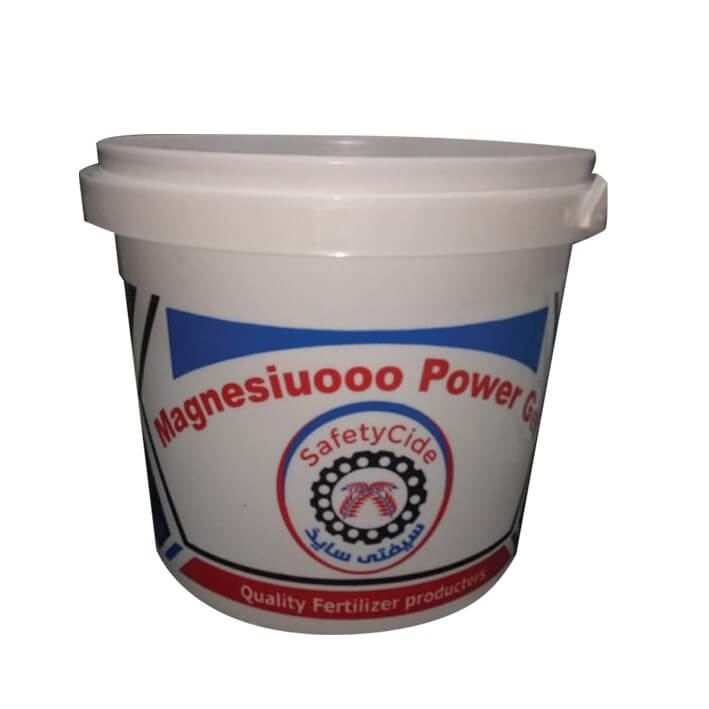
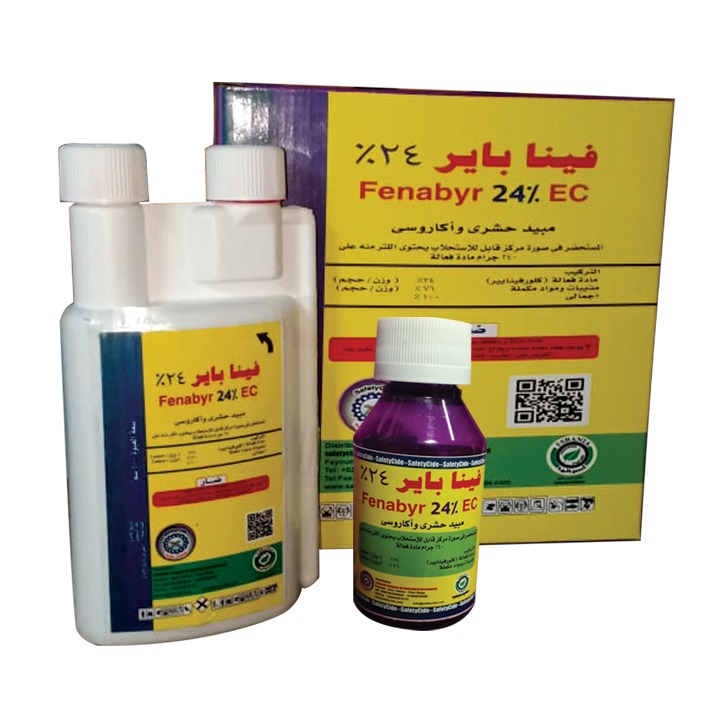
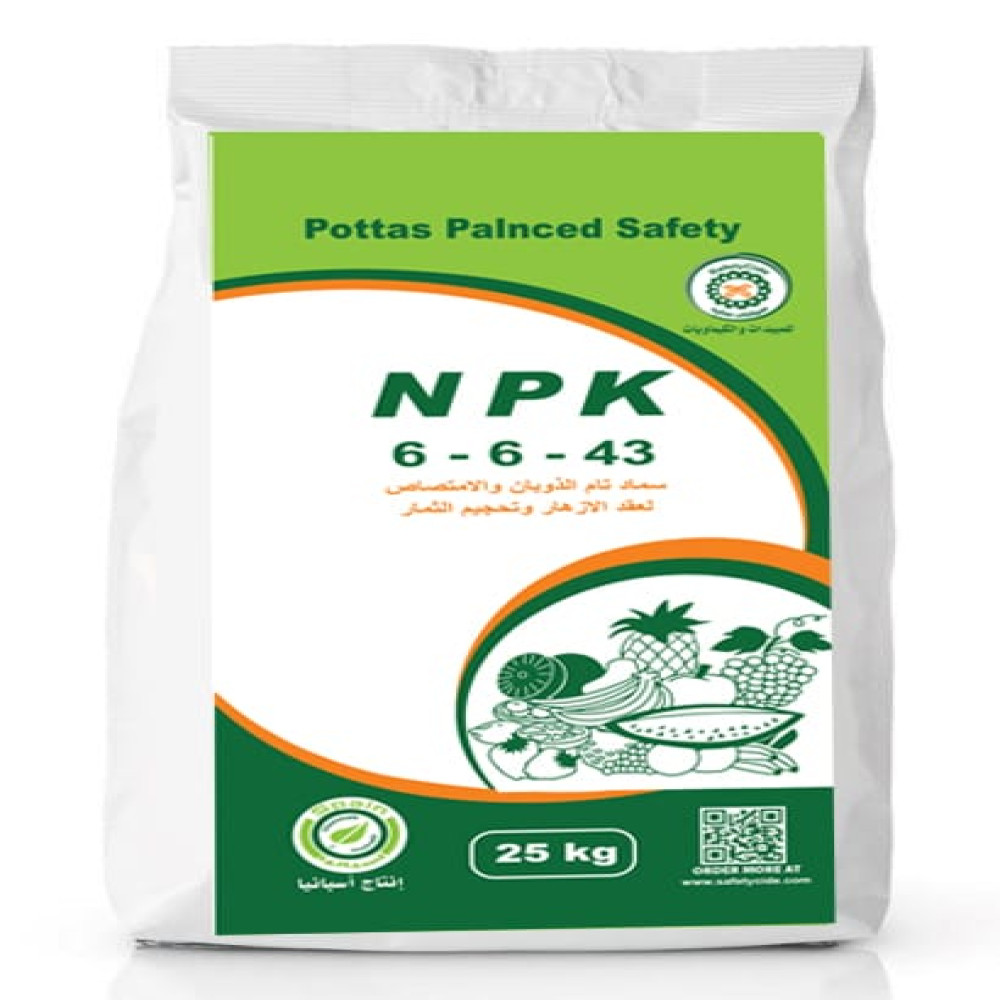


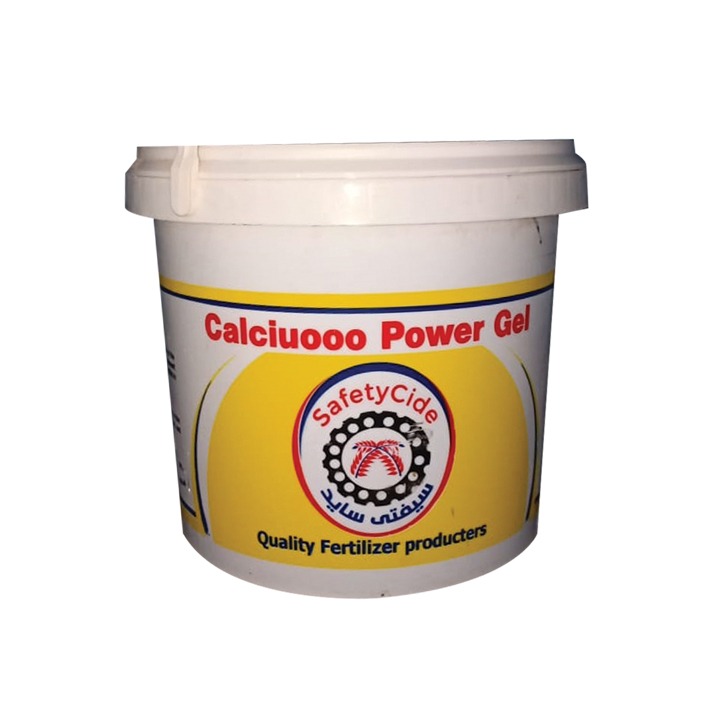

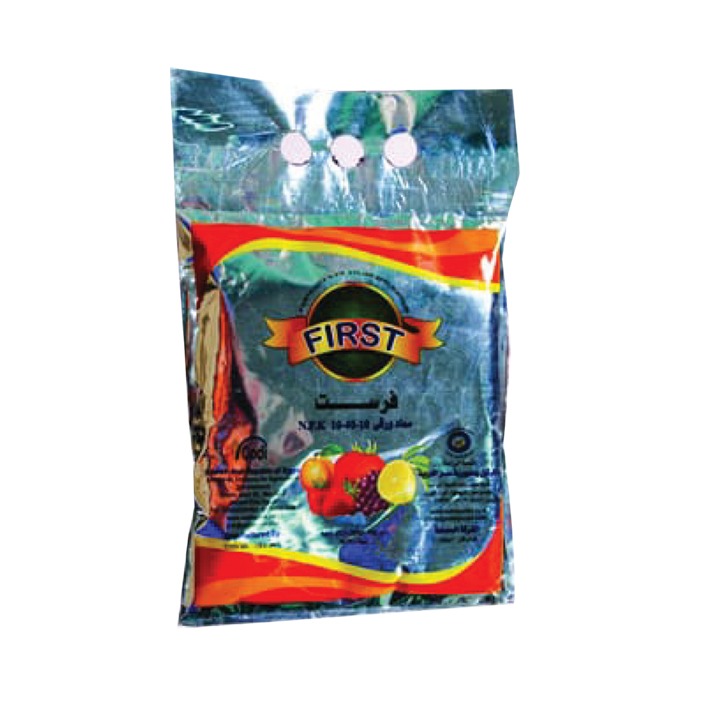
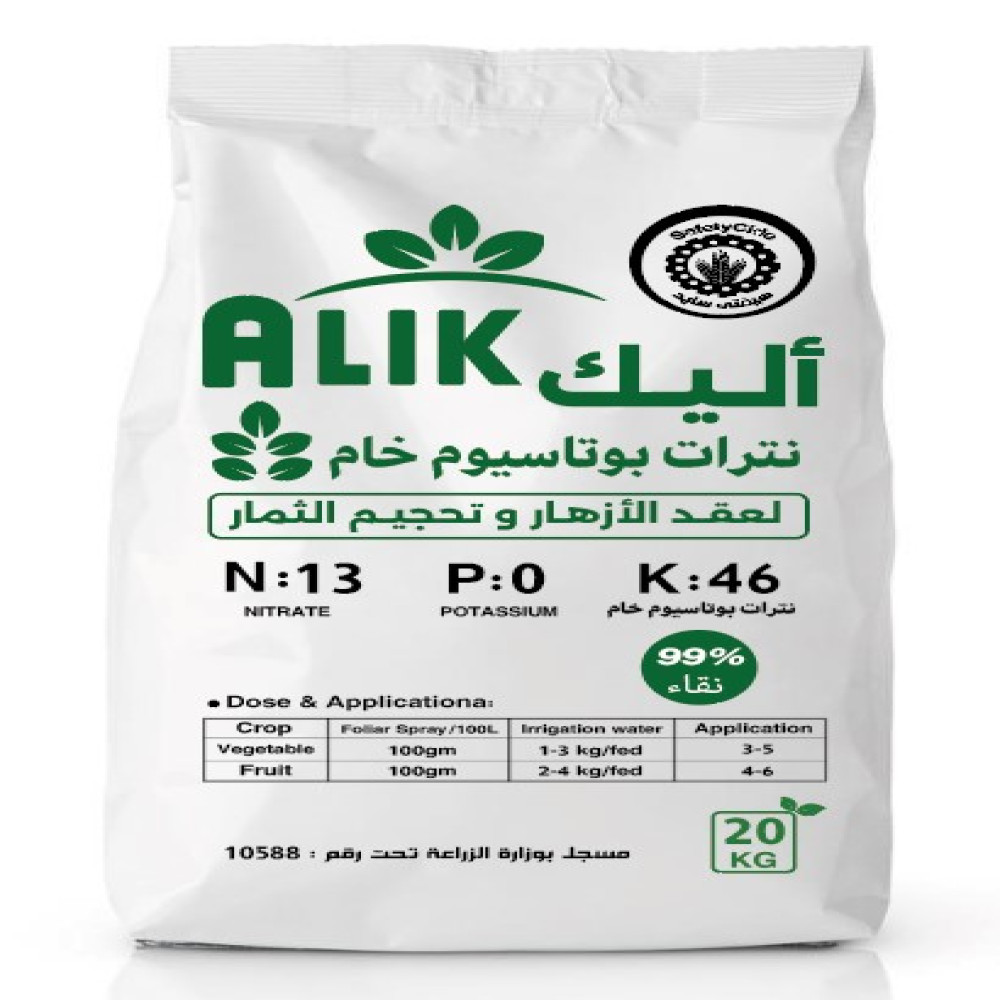



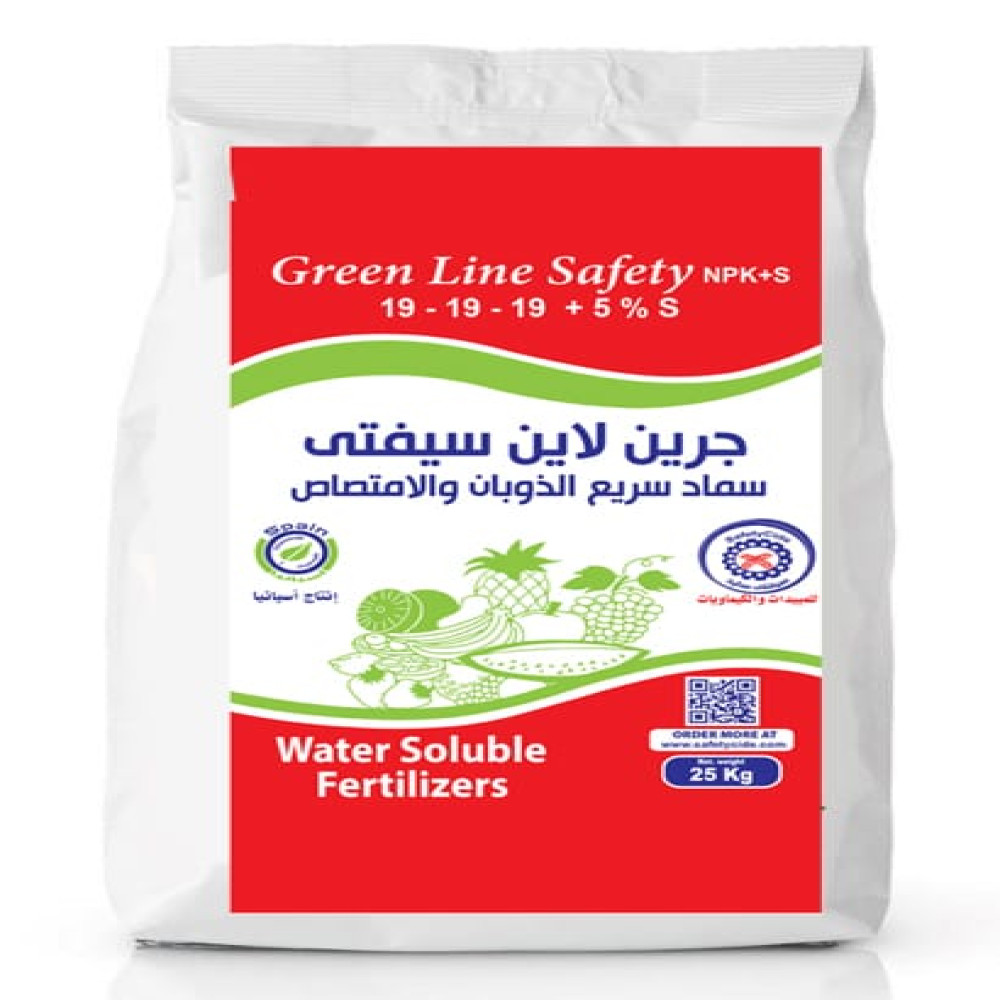
Reviews
There are no reviews yet.